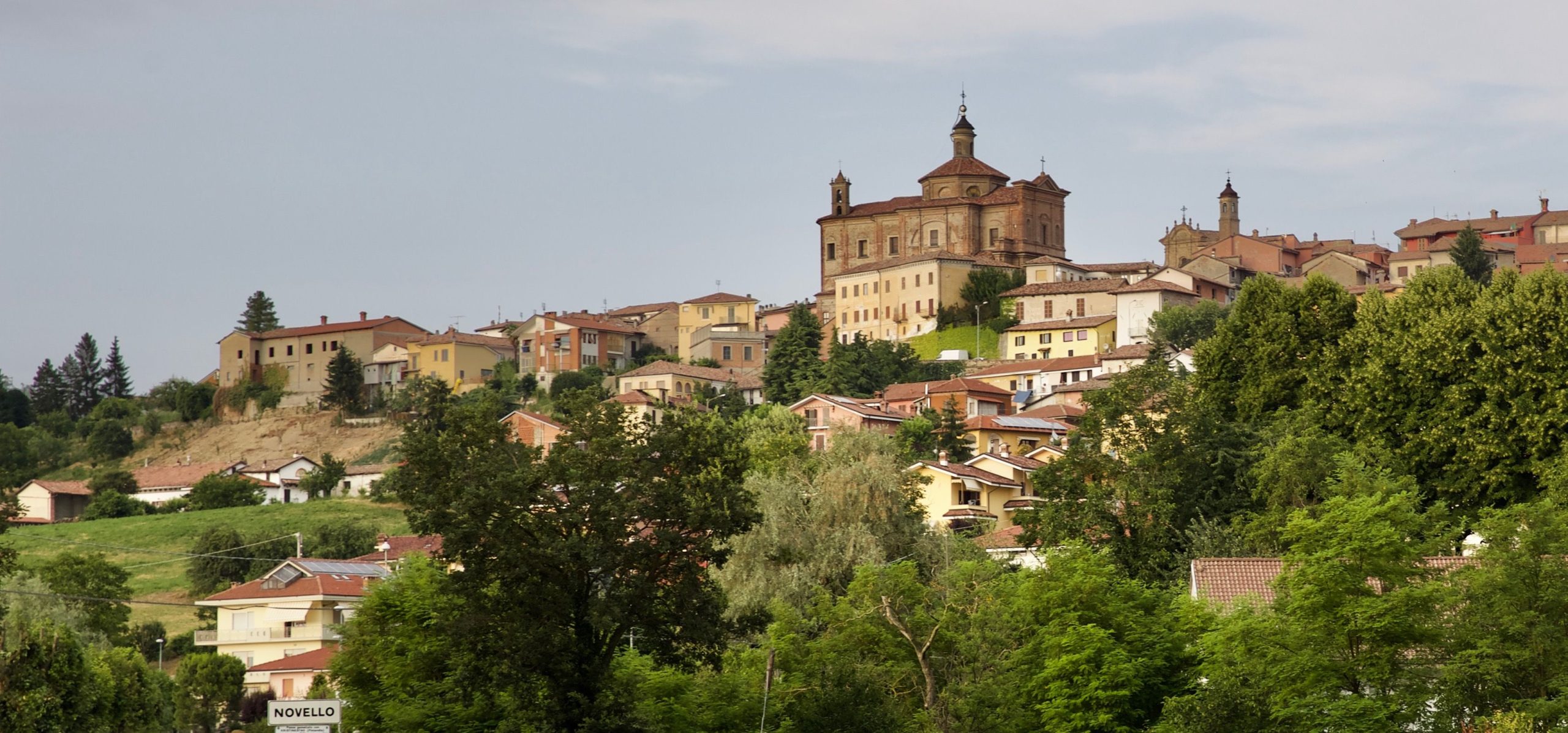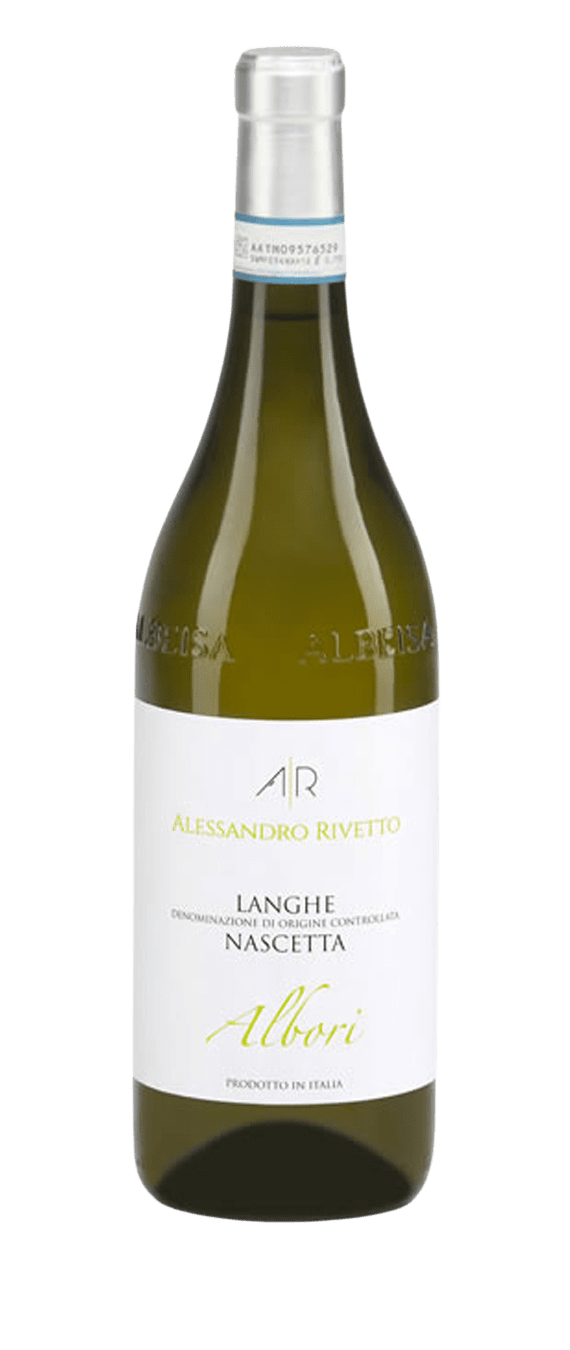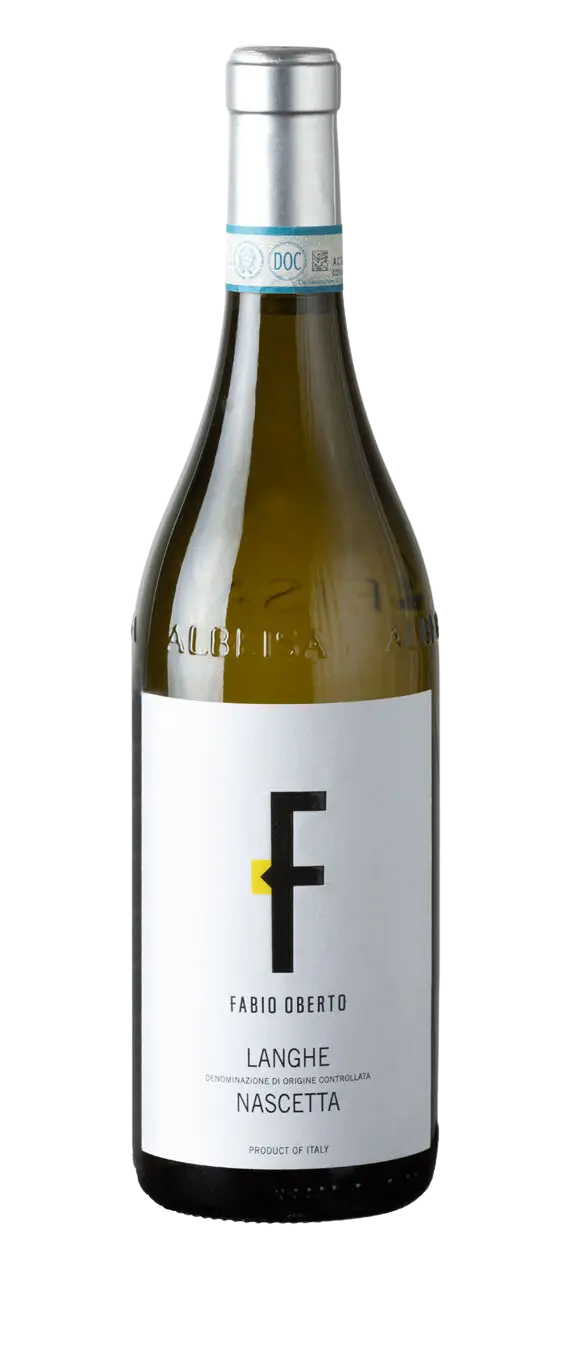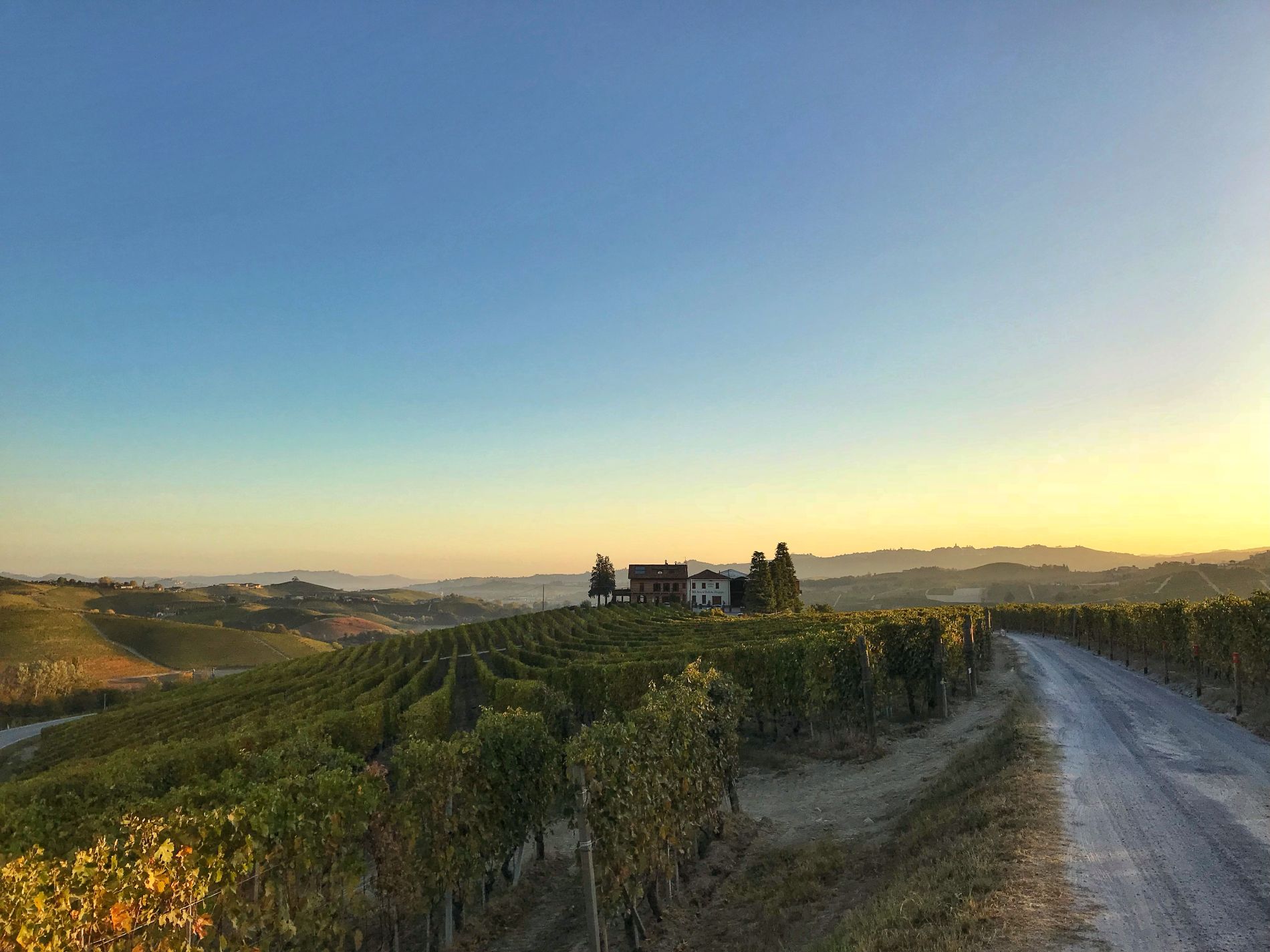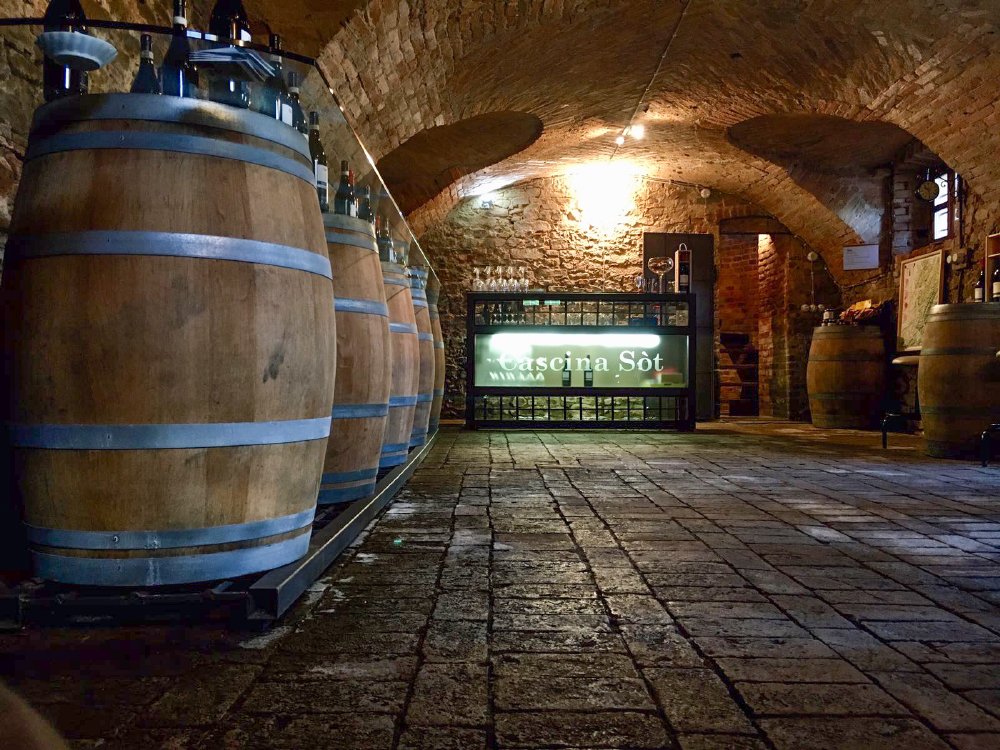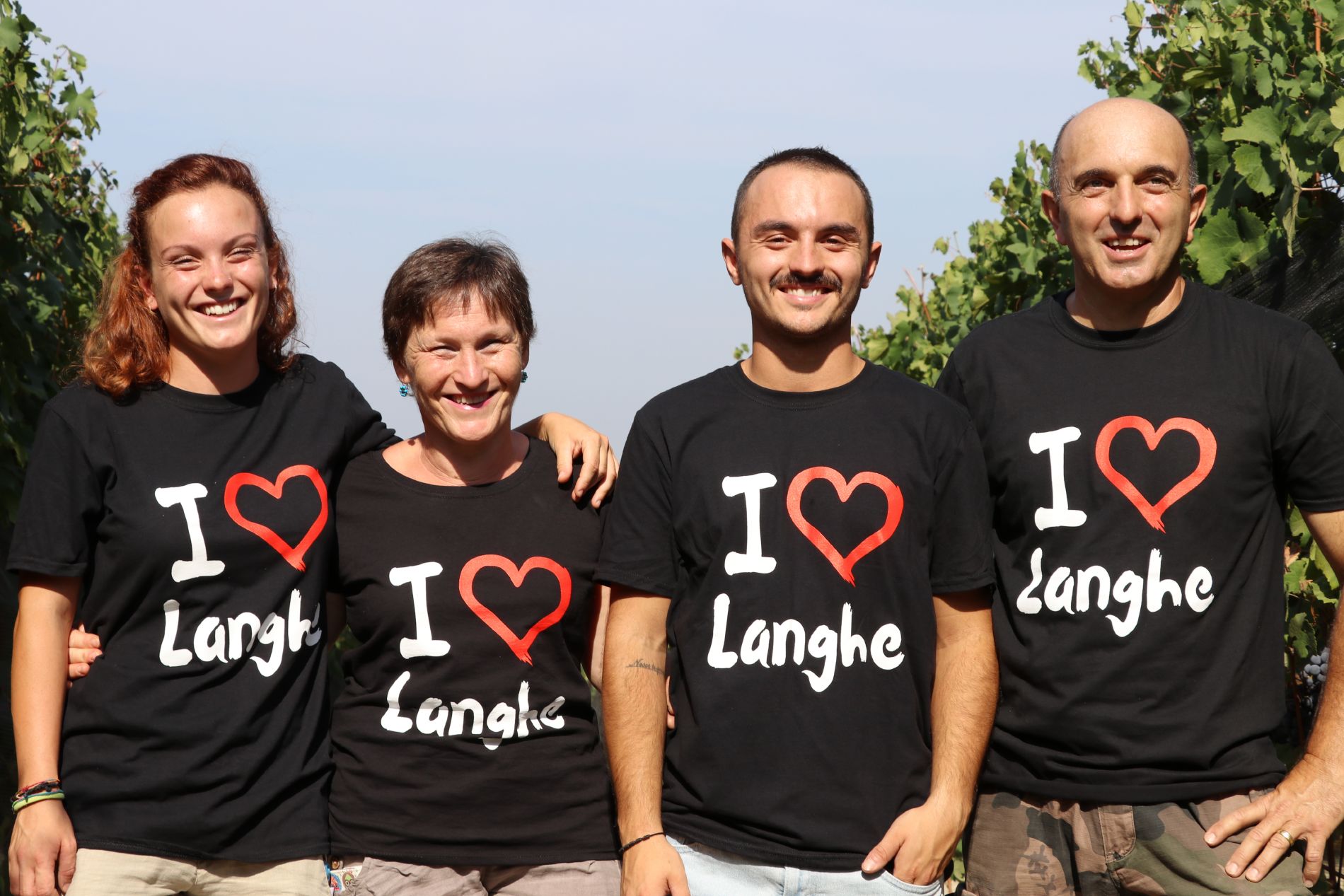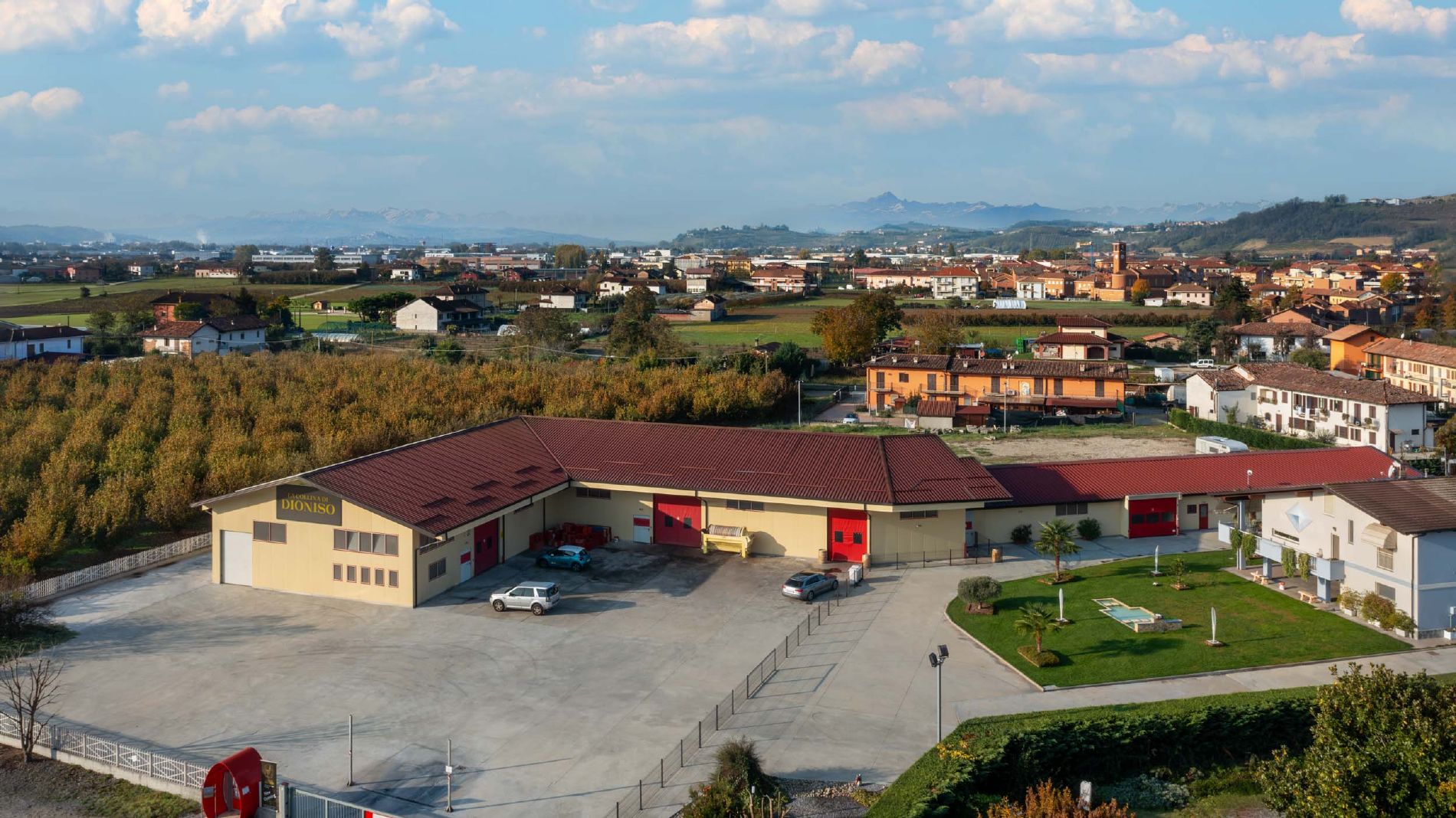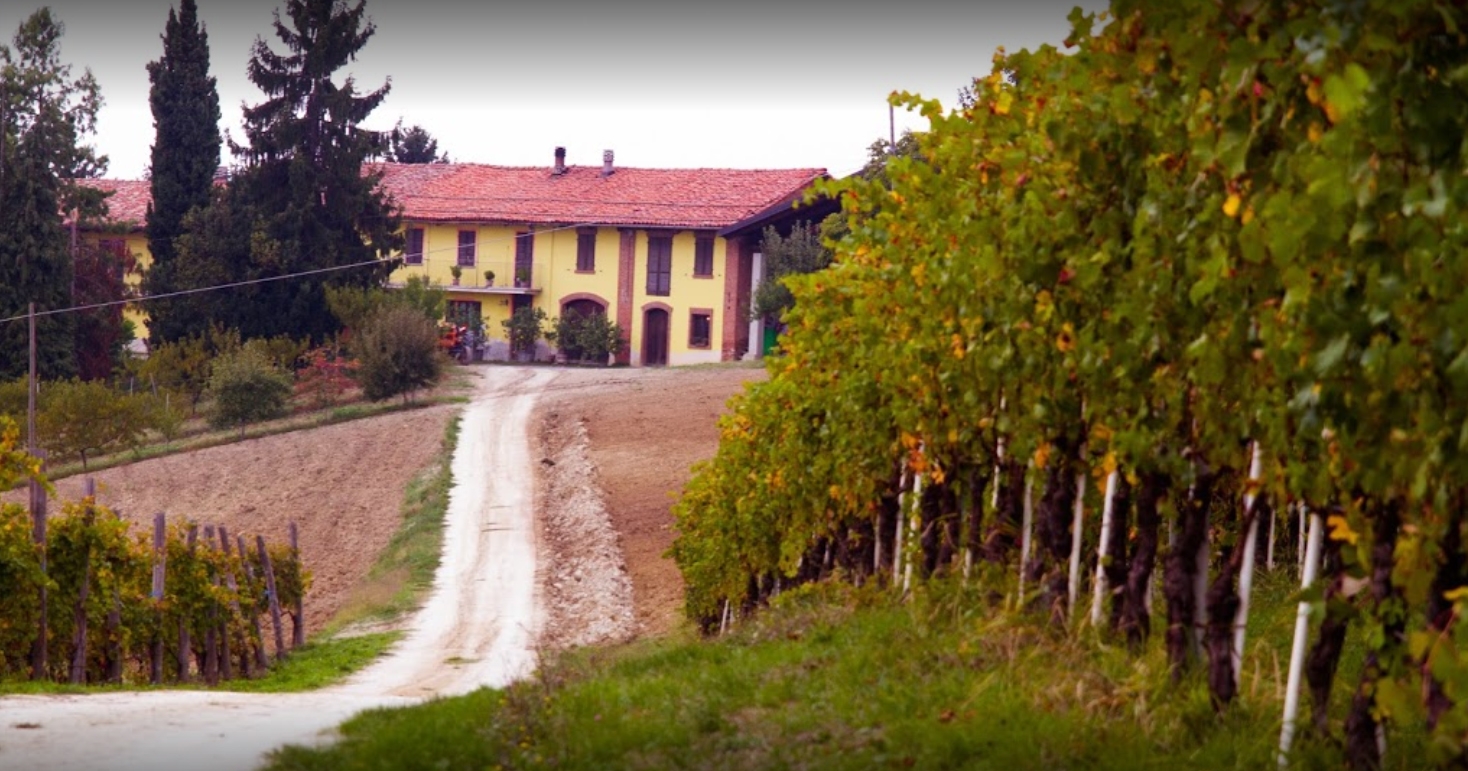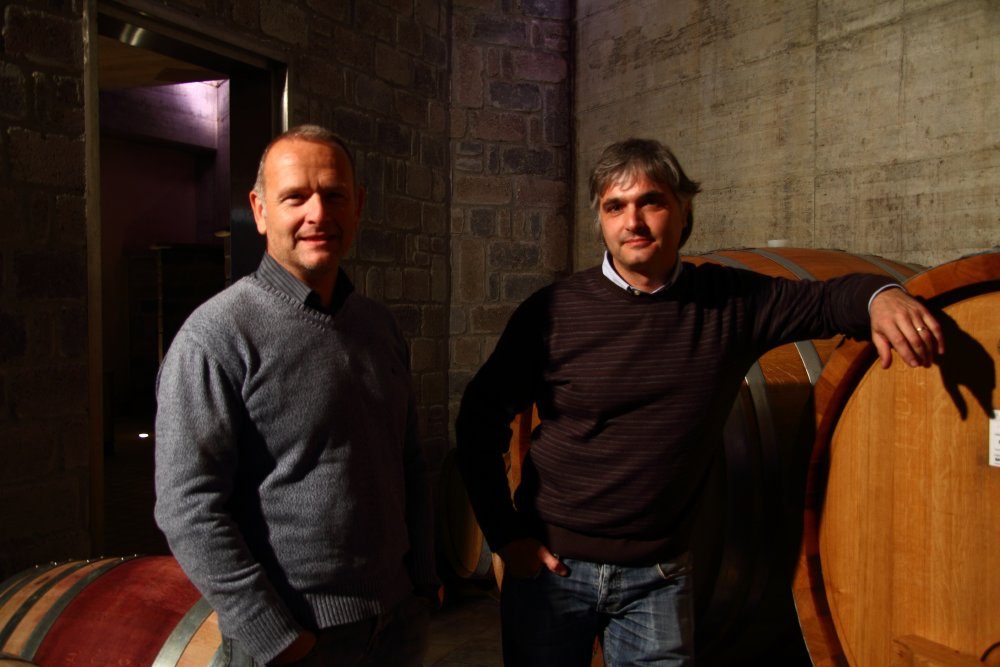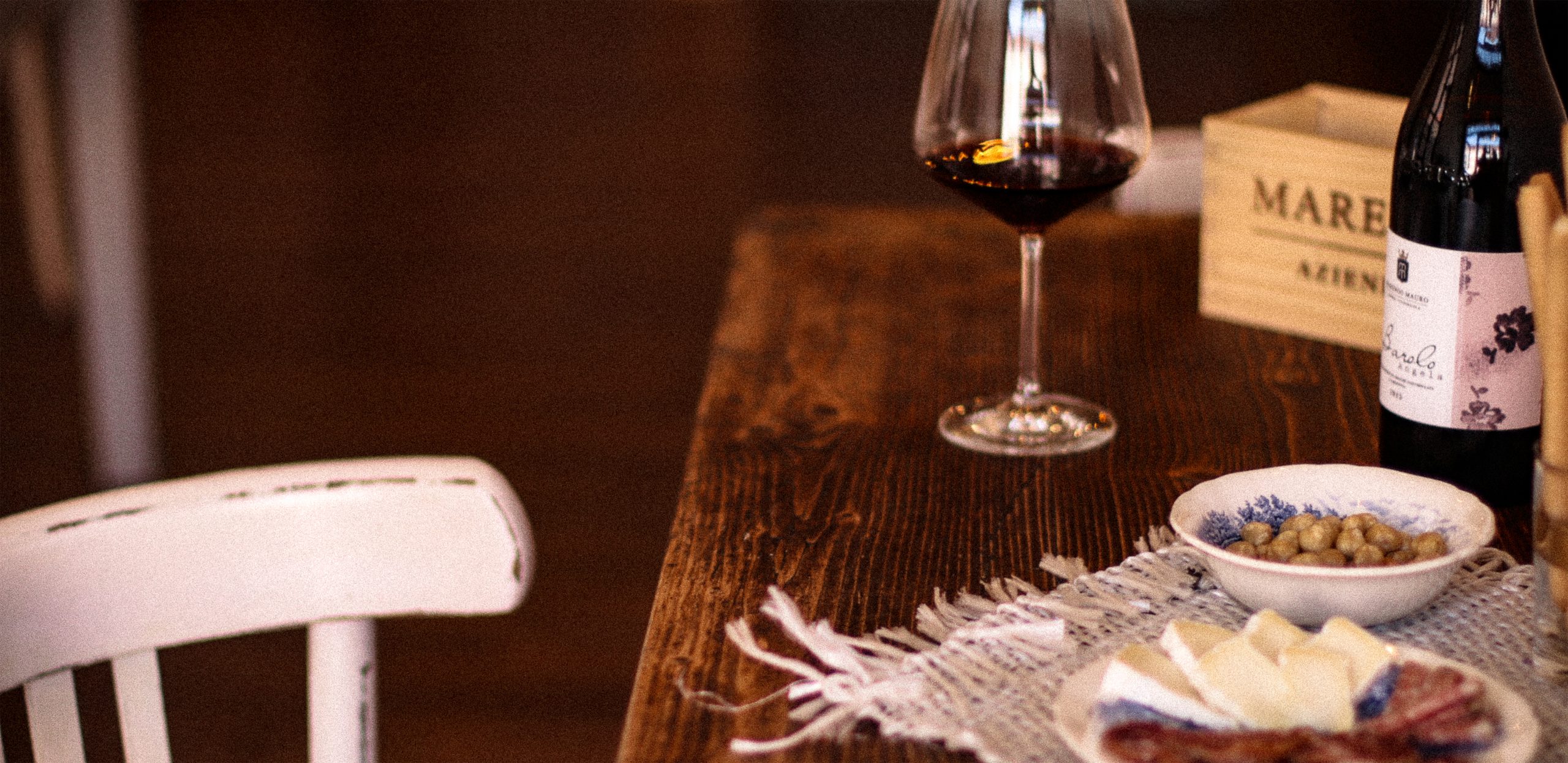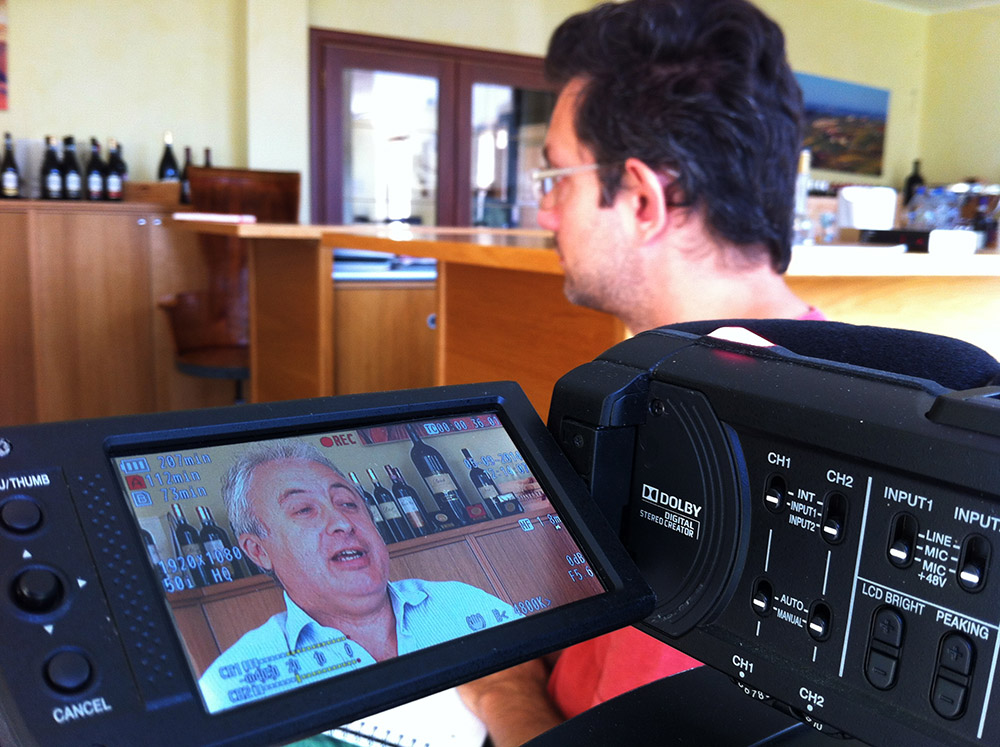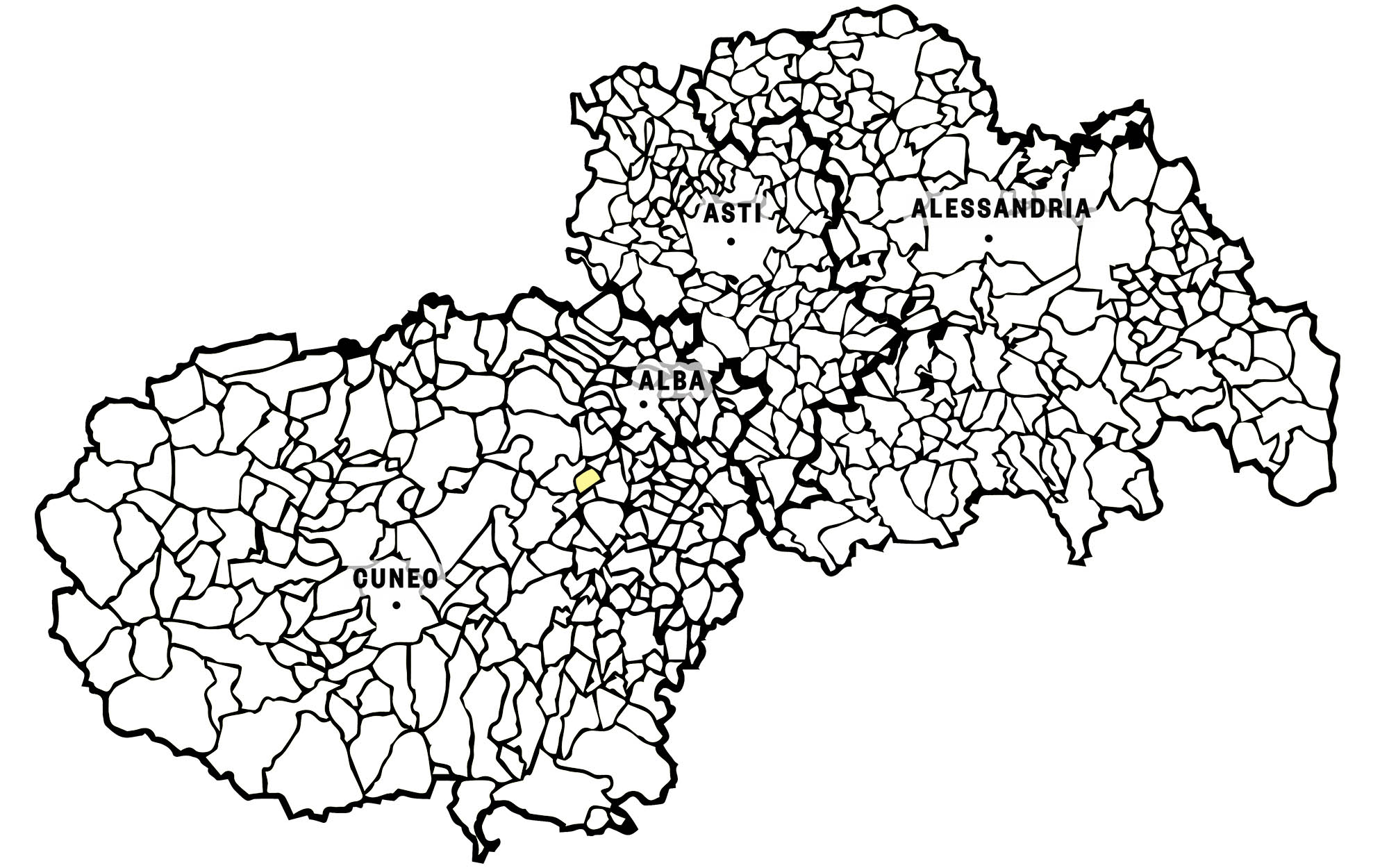
Langhe DOC Nascetta
An indigenous white from Novello, a village located in the heart of the Barolo hills, Langhe Nascetta DOC is a shining example of winemaking resilience.
Recovered from abandonment almost fortuitously and considered for years as a ampelographic rarity, this variety lived up to its extraordinary territory, giving those who believed in its potential a white wine that stands out in elegance, longevity and, most importantly, so characteristic notes that stand out at the first taste.
Before delving into Langhe Nascetta DOC, however, it is good to clear up some onomastic doubts that still cause confusion today. Nascetta, feminine, is the name of Novello’s indigenous grape variety that, since the 1990s, has been rescued from oblivion.
Langhe Nascetta, in the masculine form, is the name of the wine, that is, of the Controlled Designation of Origin that is part of the Langhe DOC family, which within it includes numerous types of wine classified according to the grape varieties used (Langhe DOC Arneis, Favorita, Nebbiolo, Dolcetto and Chardonnay to bring a few examples).
Finally, Langhe DOC Nascetta del Comune di Novello, also called Nas-cëtta del Comune di Novello, is the wine that originates from a specific sub-zone identified by the regulations, the municipality of Novello precisely, the historic area where the Nascetta grape began its rise among the great wines of Piedmont.
The technical data below refer to Langhe DOC Nascetta from the municipality of Novello.
Vines
Appellation
Color
Type
Min. alcohol
Variants
Established on
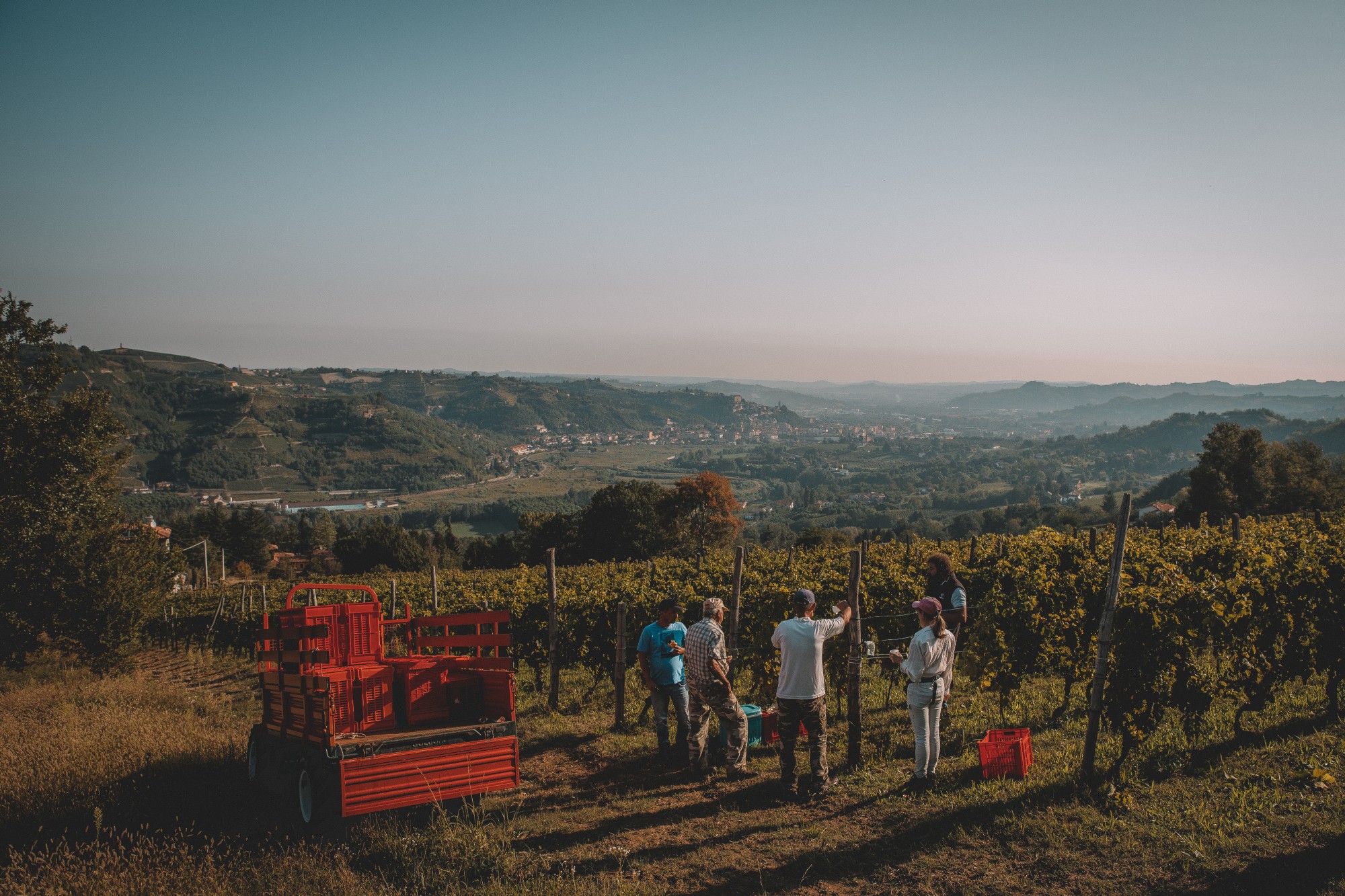
The harvest begins at the end of August with Chardonnay and Pinot Nero for the sparkling wine bases and in the first days of September with the grape varieties: Moscato, Chardonnay and Nascetta
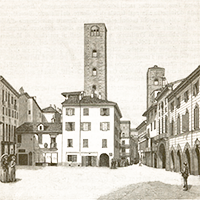
The history of Langhe DOC Nascetta
A wine rediscovered by chance
In 1993, during a tasting, Novello producers rediscovered the native grape variety Nas-cëtta. Officially reborn in 2002 as Langhe DOC, it has confirmed the biodiversity of the Langhe even in the Nebbiolo areas.
In 1993 a group of Novello producers had a happy insight. During a tasting led by journalist Armando Gambera, several bottles of Nas-cëtta (the dialect name for the grape), an almost forgotten native grape variety, were brought for tasting.
The tasting was a revelation: despite its years (the bottles were from '86), the Nas-cëtta had retained an extraordinary finesse and elegance, developing complex notes of dried fruit and honey. Enthusiasm reached the stars, and someone had the audacity to compare those bottles to Sauternes.
Nascetta was officially born (or rather, re-born), which, thanks precisely to the efforts of Novello producers, in 2002 was included within the Langhe DOC specification and, in 2010, obtained its own subzone Nas-cëtta of the commune of Novello, reserved exclusively for wines produced in this commune.
In truth, the quality of the Nascetta grape was not unknown in the industry literature. The earliest documents that tell us about Nascetta (or"Anascetta") tell of a wine with unique characteristics. Giuseppe dei Conti di Rovasenda, in his Saggio di un ampelografia universale, calls Nascetta"a most delicate grape" capable of giving "an exquisite wine."
We know that Nascetta, at least until the 19th century was vinified sweet, prized as an aromatic wine in blends with other Piedmontese whites. Oral tradition in Novello confirms this claim: Nascetta was used to make the typically sweet and slightly raisin-like mass wine.
However, the consecration of the vine is linked to the most famous ampelographer of the 19th century, Lorenzo Fantini, who, in his Monografia Agraria sul Circondario di Alba, writes:
Anascetta [is a] grape variety that produces very fine grapes. It is grown in good quantities on the territory of Novello, where it fruits excellently well.
The advent of international grape varieties in the Langhe and the specialization of the Novello area on Nebbiolo grapes for Barolo relegated Nascetta to an increasingly narrow niche. So it was that, in the 20th century, it was not at all easy to find people to make wine from it.
Nascetta grapes survived, however, in a few scattered rows in old vineyards (the oldest known to us is from 1948), interspersed with other varieties. They were harvested and turned into wine more out of affection than conviction. Yet within those forgotten clusters lurked the finesse of a white wine destined for great things.
Above all, the confirmation that the Langhe, even in the areas most suited to Nebbiolo, retains an extraordinary propensity for biodiversity, the true wealth of an area that, even today, defies standardization.
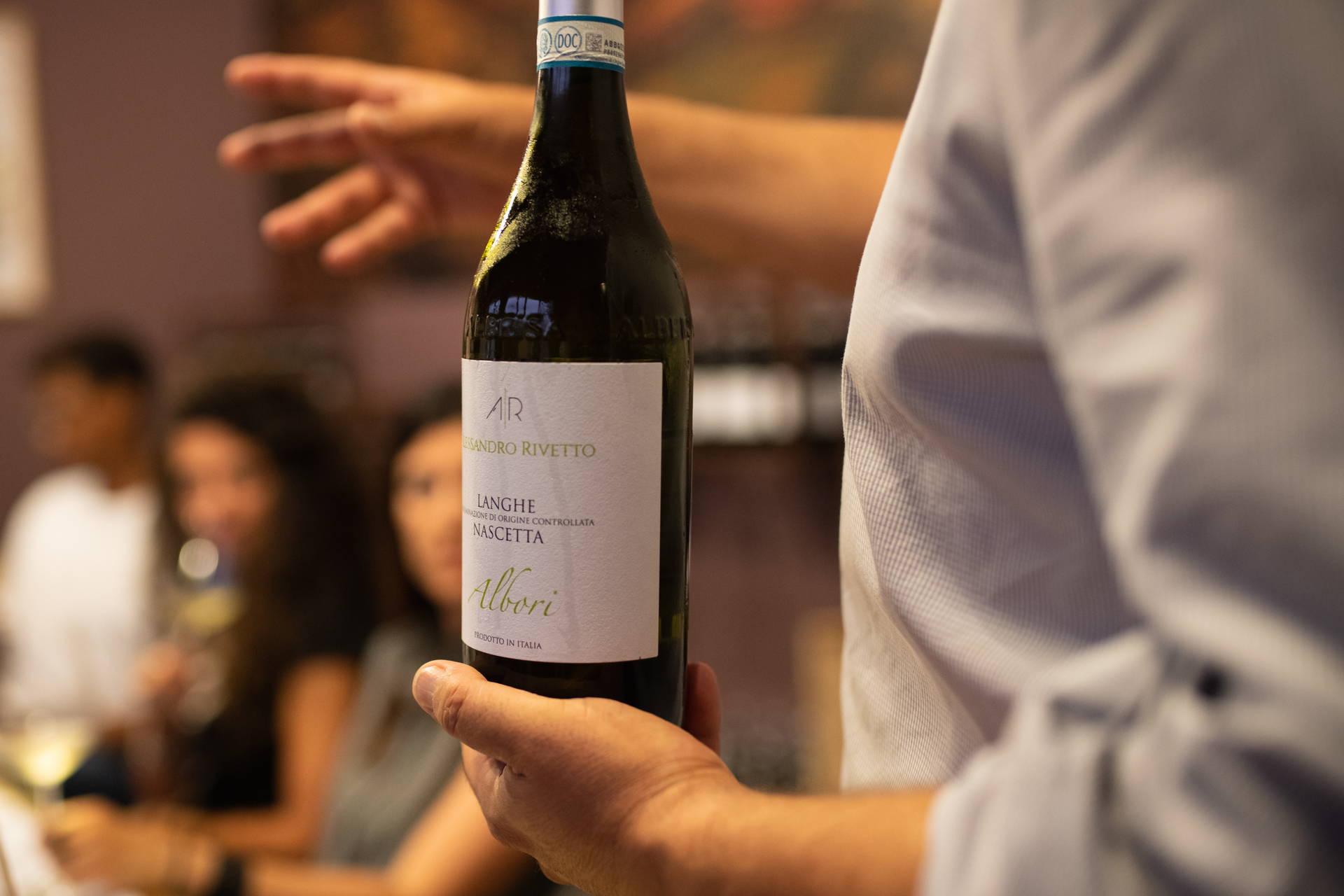
Un vitigno autoctono semiaromatico che regala un vino bianco sapido e minerale.
Langhe DOC Nascetta: Terroir
A complex, fruity white with important acidity and minerality
From a production point of view, Langhe DOC Nascetta can be produced throughout the territory of the Langhe appellation, the largest in the province of Cuneo, which includes 96 municipalities.
The DOC encompasses the Langhe hills of the same name, lying on the right bank of the Tanaro River, as well as much of the Roero, which extends on the orographic left of the same river in the direction of Turin.
The variety and richness of the soils make the Langhe one of the most multifaceted wine-growing areas in the world: marly, calcareous, sandy and clay soils, sometimes uniquely mixed together, contribute to wines with an ever-changing and original character.
Nascetta is no exception, which prefers marly soils, either tending to sandy or clayey, preferably low in fertility.
The result is a wine rich in acidity, complexity and minerality that nonetheless develops aromas unprecedented for the panorama of Piedmontese whites: Nascetta is in fact recognizable by notes of ripe and tropical fruit, a direct expression of the aromatic peculiarities of its grape variety.
Nascetta from the municipality of Novello, on the other hand, is produced exclusively from the vineyards inscribed in the municipality of the same name, resting, for the most part, on soils formed from Sant’Agata marl.
The conformation of the soil gives Nascetta di Novello a complex structure rich in minerals. The limestone-clay soil gives the wine a savory and persistent taste with important but never intrusive acidity.
Preferred Altitude
Preferred Soil
Crus / MGA

Langhe DOC Nascetta: Features
The art of purity in every goblet, a journey through freshness and spices!
Fine, elegant, with excellent intensity: the uniqueness of Langhe Nascetta can be attributed to the very rich sensory profile given by an indigenous grape variety that has been recognized as semi-aromatic and that, in the phase of expression, gives incredible sensations of tropical fruit, honey and acacia flowers to the nose.
The content in aromatic compounds that characterizes Nascetta grapes resembles those of Moscato and differs markedly from all other Piedmontese white grapes.
Moreover, Nascetta's distinct acidity allows for excellent aging possibilities.
Sight
Langhe Nascetta Doc has a beautiful bright straw yellow color with golden highlights, sometimes with greenish hues.
Nose
Intense and distinctive, distinguished by notes of wild flowers and herbs, citrus and exotic fruits.
Taste
Dry, harmoniously bodied and subtle, it surprises with pleasantness, savoriness and minerality that refresh the sip and continue long into the finish, which can present with notes of acacia honey, sage and rosemary.
Official regulation
Color
Perfume
Taste
Foam
Get a bottle directly from the producer
LoveLanghe Shop is a niche of great wines from the Langhe area: some unknown to most, some already quite recognized but perhaps hard to find in the big distribution, others in which we see potential but that have yet to grow.
Bottles are shipped directly from the winery to your home, with no intermediary.
Service
Tulip-shaped goblets for the young Nascettas, Rhenish glass for the more complex and aged ones. Universum-type goblets are also perfect.
The serving temperature is cool, between 10 and 12°C.
Langhe DOC Nascetta: what to pair it with
Nascetta's great versatility allows pairings throughout the meal.
i goes well with raw or marinated fish appetizers: salmon carpaccio, tuna or swordfish, shrimp, scampi, oysters.
She loves vegetable flans and quiches.
Its distinct minerality favors seafood first and second courses such as seafood risottos, fish ravioli, salmon lasagna, baked trout, and sea bass baked in salt.
A well-structured Nascetta holds its own with white meats, from lemon chicken to roast rabbit.
Recipes to pair with Langhe DOC Nascetta
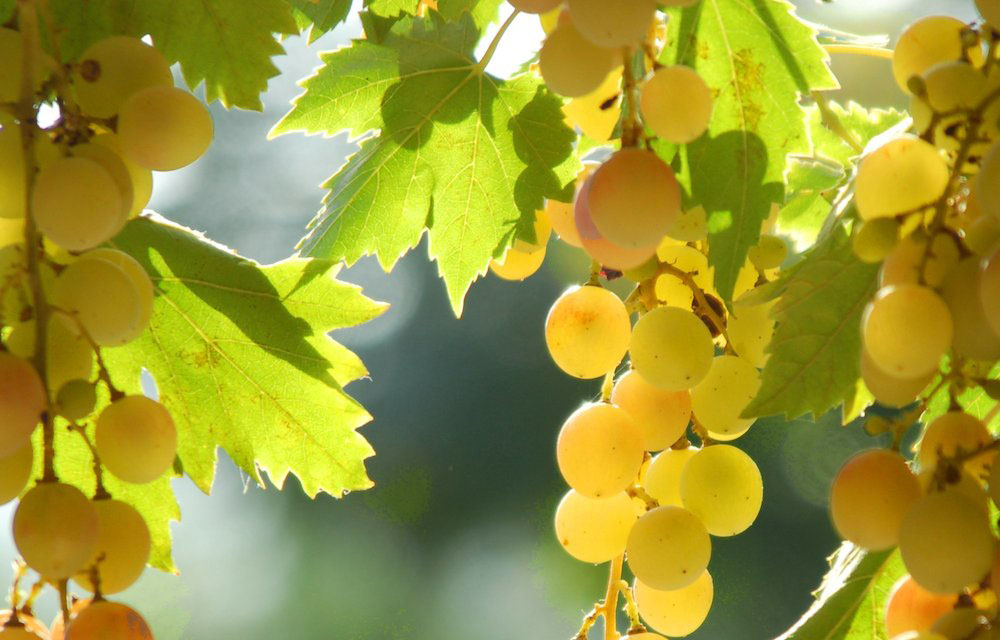
Langhe DOC Nascetta: Production
A difficult grape variety to manage, delicate and with fluctuating production-a real challenge for Langhe winemakers.
Although more and more producers are choosing to make Langhe Nascetta wine on its own, the specification allows a 15 percent blend with grapes from non-aromatic white grape varieties in the area. This practice is not permitted for Langhe Nascetta from the municipality of Novello, which must be made with 100 percent Nascetta grapes.
Novello’s native grape variety is by nature delicate and inconstant, very difficult to grow, with yields that can be abundant or very poor.
This was one of the main reasons for its abandonment in the early 20th century in favor of much hardier and more productive varieties.
In the winery, Langhe Nascetta follows a white winemaking process. The grapes are destemmed and softly crushed to extract the must, which is clarified andfermented at a controlled temperature of 16 to 18°C.
Fermentation can take place in steel or wood, depending on the style of wine to be made.
Due to its versatile nature, Langhe Nascetta can age in steel or wood for a variable period, ranging from a few months to a year or more.
Aging in steel preserves Nascetta’s fresh fruity and floral aromas, while aging in wood favors notes of exotic and ripe fruit, honey and spices.
Time in wood
Time in bottle
Time to market
Grapes Yield
Meet the producers
Curiosities
Nascetta Story: the mystery of a wine that would not surrender to its fate
Those who would like to approach Nascetta’s history from a novel point of view are recommended to watch the documentary Nascetta Story, a film by Federico Moznich and Nemo Villeggia, currently available on Prime Video.
The two filmmakers take us on a discovery of Novello’s native grape variety through the eyes of a“foreigner,” Nemo, from Rome and unaware of Langhe traditions.
Between serious and facetious investigations, grape harvests, and interviews with locals, Nemo will learn about Nascetta’s places and the producers who have made it famous. All to enter the mystery of a rebellious wine that would not surrender to its fate.

